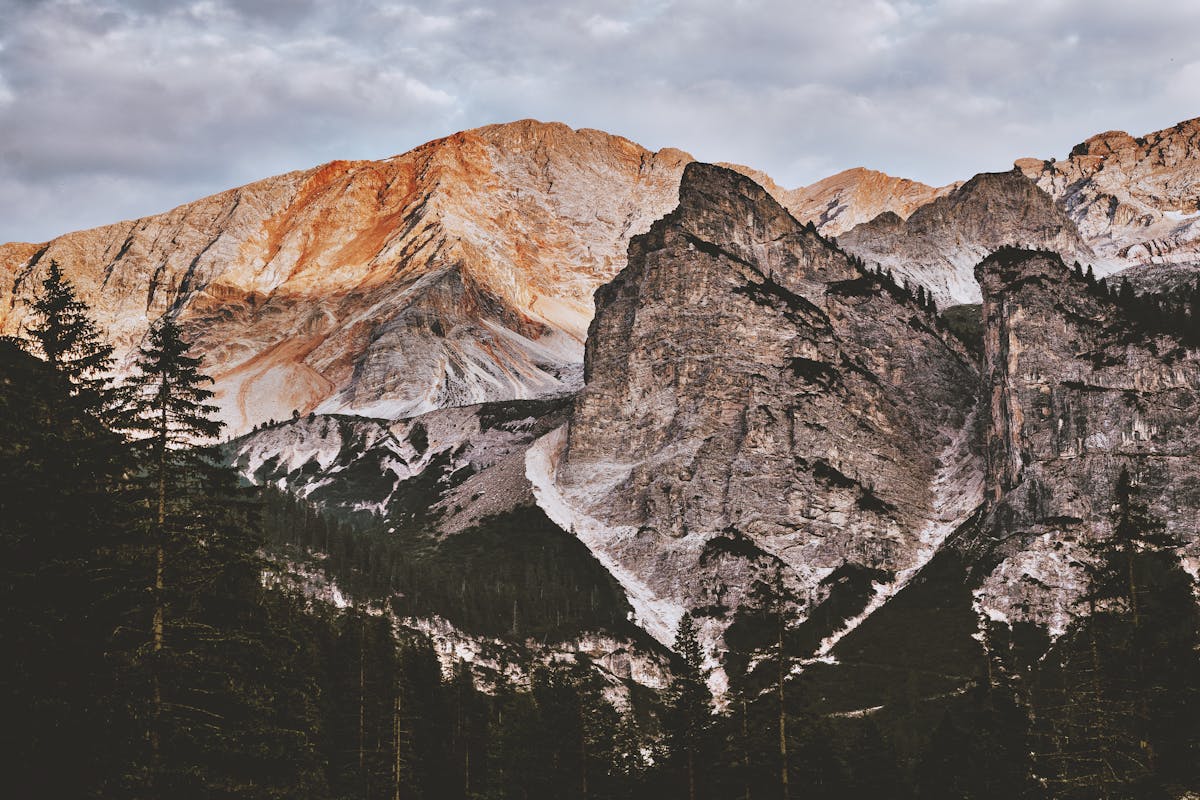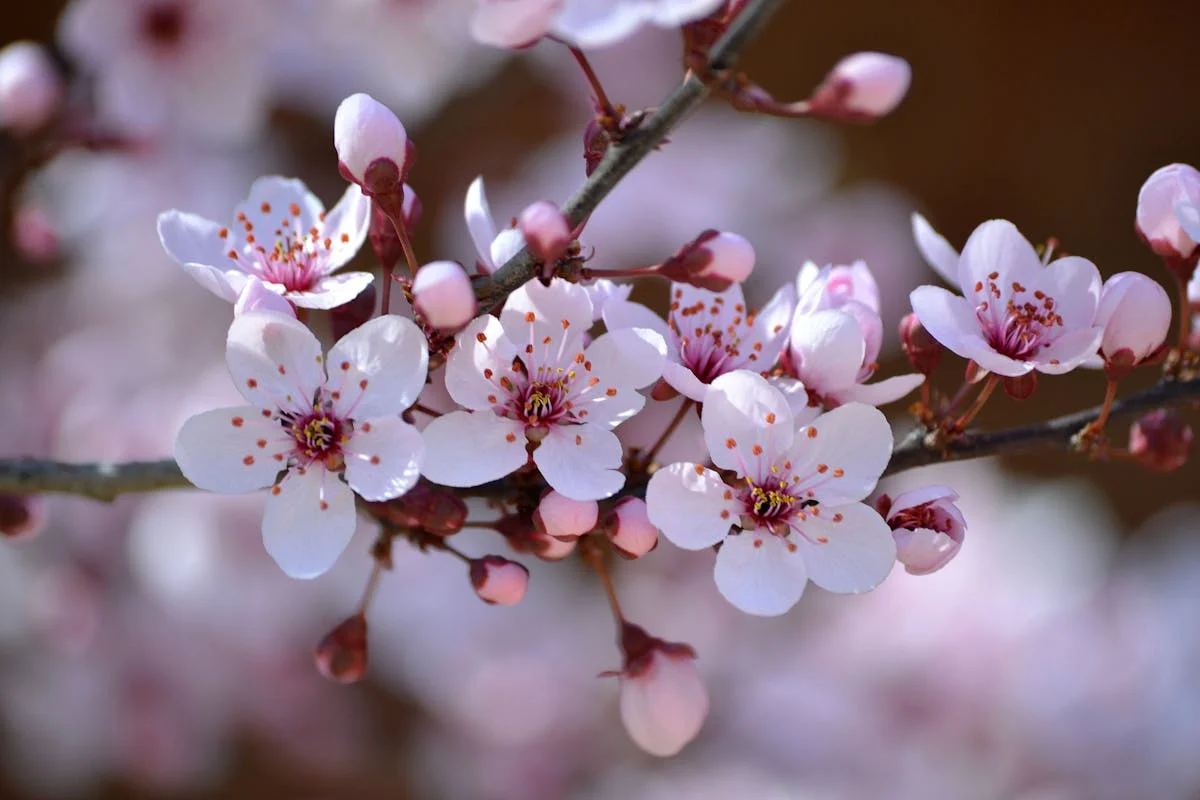Colorado, the Centennial State, calls to adventurers, nature lovers, history buffs, and foodies alike. Its dramatic landscapes range from the soaring peaks of the Rocky Mountains to the vast plains and high deserts, offering an incredible diversity of experiences. But with such varied terrain and climate, knowing the best time to go to Colorado is crucial for planning your ideal trip. Timing your visit can mean the difference between epic powder days and sun-drenched alpine hikes, vibrant fall colors and blooming wildflowers, or bustling crowds and peaceful solitude. Let’s explore the seasons to help you discover your perfect window to visit this stunning state.
Finding Your Perfect Season: An Overview
Colorado essentially has two high seasons driven by outdoor recreation: summer, fueled by hiking, biking, and general mountain exploration (June to September), and winter, dominated by the world-renowned ski and snowboard scene (mid-December to March). These are the times when the weather is typically best for these specific activities, but they also bring the biggest crowds and highest prices.

The shoulder seasons – late spring (April to May) and late fall (October to mid-December) – see fewer visitors. While weather can be unpredictable and some high-altitude services might be limited, these periods offer advantages like lower costs and a more relaxed atmosphere. Understanding these basic patterns is the first step in determining the best time to go to Colorado for your specific interests.
The Best Time to Go to Colorado for Smaller Crowds and Lower Prices
For travelers prioritizing tranquility and value over peak conditions, the shoulder seasons are arguably the best time to go to Colorado. April and May, after the ski resorts mostly close but before summer hiking is in full swing, offer a quiet time. Similarly, late October through mid-December, before the Christmas rush and prime ski conditions arrive, sees a significant drop in visitor numbers.
During these periods, you’ll encounter less traffic, particularly on the I-70 mountain corridor which can become gridlocked during weekends in peak seasons. Accommodation rates, from cozy mountain lodges to urban hotels and vacation rentals, tend to be considerably lower. Many restaurants and attractions will also be easier to access without long waits.

It’s worth noting that the “low season” feel can vary. Major cities like Denver might remain relatively busy year-round, though perhaps less impacted by recreational tourists during these times. Exploring Denver’s museums, galleries, and acclaimed culinary scene can be a great way to experience Colorado’s culture when the mountains are in transition.
While not the peak for specific outdoor activities, these quieter months can still offer pleasant days, especially at lower elevations or on south-facing slopes. If flexibility and budget are your main concerns, these windows represent a very good time to go to Colorado.
The Best Time to Go to Colorado for Ideal Weather
Defining the absolute ideal weather is subjective, as Colorado’s climate is incredibly diverse and can change rapidly. However, for generally warm, sunny days and minimal snow outside of winter sports areas, the period from late May through September is often considered to have the most consistently “good” weather statewide.
- Summer (June – August): Expect warm to hot temperatures, especially at lower elevations like Denver and the Eastern Plains.
July and Augustare typically the warmest months. Mountain temperatures are significantly cooler and more variable. Afternoon thunderstorms are common in the mountains during summer, often building in the early afternoon. These can be intense but usually pass quickly. - Fall (September – October): This is a beloved season for crisp air, sunny days, and stunning fall foliage. Temperatures cool down, especially at night. Snow is possible, particularly at higher elevations towards the end of October.
- Spring (April – May): Spring is transition season, characterized by highly variable weather. Sunny, warm days can quickly give way to late-season snowstorms, particularly in the mountains. Lower elevations see warmer temperatures and blooming flowers. This period is often referred to as “mud season” in the mountains as snow melts, making trails wet and muddy.
- Winter (November – March): Cold temperatures and significant snowfall define winter in the mountains, perfect for skiing. Lower elevations are colder but receive less snow, often experiencing sunny, dry periods between storms.
For avoiding extreme heat, consider June or September. If you’re seeking consistent warmth for activities like swimming or rafting, July and August are your best bet, provided you’re prepared for potential afternoon rain in the mountains. Ultimately, the best time to go to Colorado weather-wise depends heavily on where you plan to be and what activities you plan to do.
Seasonal Experiences: Finding Your Ideal “Best Time to Go to Colorado” for Activities
Colorado’s diverse landscape means different activities shine in different seasons. Your passion will heavily influence the best time to go to Colorado for you.
Winter Wonderland: Skiing and Snow Sports
Colorado boasts some of the world’s premier ski resorts, and the ski season typically runs from mid-November through early April. However, this varies greatly by resort and snowfall. Some resorts, like Arapahoe Basin, have incredibly long seasons, sometimes opening in October and staying open into June or even July!
For the most reliable snow conditions and peak winter atmosphere, January and February are often considered the prime months. This is when the snow base is typically deepest, and powder days are frequent. March can also be excellent, offering warmer temperatures (“spring skiing”) and longer daylight hours, though snow quality can vary. If you want to hit the slopes, aim for this window, which represents the best time to go to Colorado for skiing enthusiasts.
Beyond skiing, winter offers snowshoeing, ice climbing, ice skating, and cozy nights by the fire in charming mountain towns. Many towns host winter festivals and events during this peak season.
Spring Blooms: Wildflowers and Awakening Trails
Spring is a season of transition and renewal. As the snow melts from lower elevations, wildflowers begin to carpet the hillsides. The timing of the wildflower bloom varies significantly based on elevation and winter snowpack, but you can generally find blooms somewhere between May and August.
Lower elevations often see wildflowers emerge in late spring (May). Higher up, the season starts later, peaking in July or even August in alpine meadows. Places like Crested Butte are famous for their stunning wildflower displays, often peaking in late July. If you’re a nature photographer or simply love seeing landscapes burst with color, focusing your visit around these months could be the best time to go to Colorado for you. Be prepared for potentially muddy trails and rapidly changing weather conditions, especially at higher altitudes.
Spring also sees the opening of many seasonal businesses and attractions as the state prepares for the summer rush. It’s a great time for scenic drives at lower elevations or exploring canyon areas before the peak heat arrives.
Summer Adventures: Hiking, Biking, and Alpine Lakes
Summer, particularly June through September, is the undisputed king of hiking and biking season in Colorado. By July, most high-altitude trails and mountain passes are clear of snow and accessible. The long daylight hours allow for extended adventures.
This is the best time to go to Colorado for exploring the state’s extensive trail system, bagging 14ers (peaks over 14,000 feet), and accessing pristine alpine lakes. Mountain biking trails, from flowy downhill runs to challenging singletrack, are in prime condition. Rock climbing, rafting, kayaking, and fishing are also hugely popular summer activities.
While the weather is generally warm and sunny, remember the common afternoon thunderstorms, especially in July and August. Start your hikes early to avoid being caught above the treeline during a storm. Pack layers, rain gear, and plenty of water. Summer is also the peak time for national park visits (like Rocky Mountain National Park, which often requires timed entry permits), so expect crowds at popular trailheads and attractions.
Summer in Colorado is vibrant, with farmers markets, outdoor concerts, and town festivals adding to the lively atmosphere. It’s an energetic and activity-filled time to visit.
Autumn Gold: Fall Foliage Drives and Crisp Air
Colorado’s fall foliage season is breathtaking, primarily showcasing the vibrant gold of aspen trees. The peak timing is relatively short and depends heavily on elevation and weather patterns throughout the year. Generally, colors begin to change at the highest elevations in early to mid-September and descend over the following weeks, often peaking statewide between mid-September and mid-October.
Driving scenic byways like the San Juan Skyway, Kebler Pass near Crested Butte, or Guanella Pass near Denver is a quintessential fall experience. The crisp autumn air is perfect for hiking, offering relief from summer heat, though you’ll need layers as temperatures drop, especially at night.

For photographers and those seeking natural beauty, focusing on the fall foliage window is certainly the best time to go to Colorado. Be aware that popular viewing areas can become crowded on peak weekends, so plan accordingly. Snow can occur at higher elevations starting in October.
Considering “Worst” Times to Visit Colorado
There’s no single “worst” time to visit Colorado, as the ideal time is so dependent on your interests. However, some periods might be less appealing depending on your priorities:
- Peak Seasons (Mid-December to March & June to September): If avoiding crowds and saving money are paramount, these are the most challenging times. Prices for accommodation and flights are at their highest, and popular spots can feel overrun.
- Mud Season (Roughly April-May in the mountains): For hikers and mountain bikers, the period when snow is melting can mean very muddy, slushy, or even still snow-covered trails, particularly at higher elevations. Some trails may be impassable. While great for lower prices and fewer people, it requires flexibility and awareness of conditions.
- Extreme Weather: While rare statewide for extended periods, specific areas can face challenges. The Eastern Plains can experience extreme heat in summer or severe cold/blizzards in winter. High mountain areas are cold and snowy for much of the year, making non-winter activities difficult or impossible without specialized gear.
Ultimately, any time can be the best time to go to Colorado if you align your expectations and activities with the season.
Packing Essentials by Season
Your packing list will drastically change depending on the time of year and elevation you visit.
- Summer: Layers are key even in summer due to altitude and temperature swings. Bring moisture-wicking clothes, rain gear, hiking boots, sunscreen, hat, sunglasses, and insect repellent. For higher elevations, a warm fleece or jacket is necessary.
- Fall: More layers! Temperatures can range from warm afternoons to freezing nights. Pack sweaters, jackets, hats, gloves, sturdy hiking shoes, and potentially waterproof boots if hiking.
- Winter: Warm, insulated, and waterproof clothing is essential for mountain visits: base layers, mid-layers (fleece/down), waterproof outer shell (jacket and pants), warm hat, gloves/mittens, wool socks, waterproof boots. If skiing, you’ll need ski-specific gear. Even in Denver, warm coats and hats are needed.
- Spring: The most challenging season for packing. Be prepared for everything. Warm layers, waterproof jacket, potentially microspikes for icy trails, sunscreen (sun is intense at altitude even when cold), and maybe even shorts for warm days at lower elevations.
Seasonal Food and Drink Experiences
What to Eat in Fort Worth – A Culinary Deep Dive
Discover the Top Restaurants in Denver – A Culinary Journey
Discover Where to Visit in Las Vegas
Colorado’s culinary and craft beverage scenes also have seasonal rhythms.
- Summer: Patio season is in full swing! Enjoy dining alfresco with mountain views. Farmers markets are abundant, offering fresh, local produce. Beer gardens are popular spots for enjoying craft brews after a hike.
- Fall: Harvest season brings opportunities to visit apple orchards and pumpkin patches. Southern Colorado is famous for its green chili harvest, celebrated with festivals. Cozy up in a brewery or distillery.
- Winter: Focus shifts indoors. Enjoy fine dining in ski towns or explore Denver’s diverse restaurants. A hot drink after a day on the slopes is a must. The craft brewery scene remains vibrant year-round, offering warm havens.
- Spring: As things warm up, outdoor dining slowly returns. Lighter fare might appear on menus as fresh greens become available.
Exploring the local food scene adds another layer to your Colorado experience, adapting wonderfully to the rhythm of the seasons.
Frequently Asked Questions about the Best Time to Go to Colorado
Choosing the perfect time to visit is a common question. Here are some FAQs:
When is Colorado Least Crowded?
The least crowded times are typically the shoulder seasons: April to late May and late October to mid-December. During these periods, tourist numbers are significantly lower than during the peak summer and winter months.
What is the Warmest Month in Colorado?
July is typically the warmest month across Colorado, followed closely by August. However, temperatures vary significantly by elevation. Lower areas can be very hot, while the high mountains remain cool.
When is Mud Season in Colorado?
Mud season generally occurs in the mountains in April and May as the winter snowpack melts. Trails can be wet, muddy, and icy, making hiking challenging. The exact timing and severity depend on the year’s snowpack and temperature changes.
Is Colorado Worth Visiting in [Month]?
- January/February: Great for skiing, snowboarding, and winter sports. Coldest months.
- March: Good for spring skiing, slightly warmer than mid-winter.
- April/May: Shoulder season. Fewer crowds, lower prices. Can be muddy in mountains, variable weather. Good for lower elevation hikes or city visits.
- June: Start of summer peak. Trails opening, warmer weather, vibrant nature. Before peak summer crowds.
- July/August: Peak summer. Warmest months, best for high alpine hiking, lakes, rafting. Potential for afternoon thunderstorms. Busiest.
- September: Excellent weather, start of fall colors at high elevation. Less crowded than summer peak.
- October: Peak fall colors at lower elevations, crisp weather. Can get early snow.
- November/December (early): Shoulder season before ski season ramps up. Fewest crowds, best deals. Some early ski resorts may open.
Every month offers something in Colorado!
Conclusion
Ultimately, the best time to go to Colorado depends entirely on what you want to experience. If chasing powder is your dream, winter is calling. If endless hiking trails and alpine lakes are your priority, summer awaits. For stunning scenery without the peak crowds, consider the beauty of spring wildflowers or the golden hues of autumn. For budget travelers, the shoulder seasons offer compelling value. No matter when you choose to visit, Colorado’s majestic landscapes and vibrant culture promise an unforgettable journey. Start planning your trip today!

